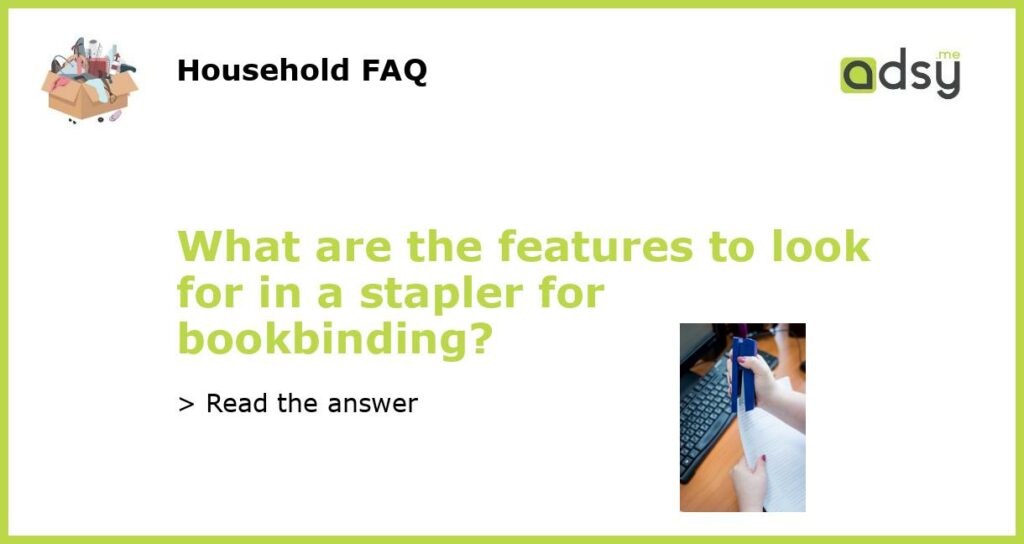Durability and Strength
A stapler plays a crucial role in bookbinding, as it is responsible for securely holding the pages of a book together. Therefore, one of the key features to look for in a stapler for bookbinding is durability and strength. The stapler should be able to withstand frequent use and handle thick stacks of paper without jamming or breaking. It should be constructed with high-quality materials, such as metal, to ensure long-lasting performance.
Adjustable Binding Thickness
Different books have varying thicknesses, and it is essential to have a stapler that can accommodate this. Look for a stapler that offers adjustable binding thickness, allowing you to bind booklets of different sizes and page counts. This feature ensures versatility and flexibility, as it allows you to work on a wide range of projects without the need for multiple staplers.
Flat Clinch Technology
Flat clinch technology is a feature that sets a stapler for bookbinding apart from regular staplers. This technology creates a flat, neat finish by folding the staple legs flat against the paper. It eliminates the need for bulky staples that can affect the appearance and functionality of the bound book. With flat clinch technology, the pages of the book lie flat, making it easier to read and handle.
Jam-free Operation
A stapler that frequently jams can be frustrating and can disrupt your workflow. When choosing a stapler for bookbinding, ensure it offers jam-free operation. Look for features such as anti-jam mechanisms or staplers that have been specifically designed to minimize jamming. This will save you time and effort, allowing you to focus on the bookbinding process without interruptions.
Staple Capacity and Reloadability
The staple capacity of a stapler determines how many staples it can hold at once. It is important to consider this feature as it affects how often you need to reload the stapler. Look for a stapler with a higher staple capacity, as it will require less frequent refills. Additionally, ease of reloadability is another feature to consider. Choose a stapler that allows for quick and hassle-free staple replacement, ensuring a smooth bookbinding process.
In conclusion, when looking for a stapler for bookbinding, it is important to consider features such as durability and strength, adjustable binding thickness, flat clinch technology, jam-free operation, staple capacity, and reloadability. By choosing a stapler that possesses these features, you can ensure efficient and high-quality bookbinding results. Remember to prioritize the specific needs and requirements of your bookbinding projects to find the stapler that best suits your needs.






